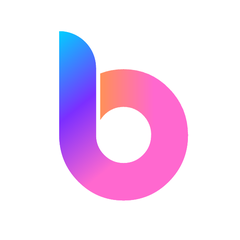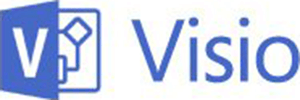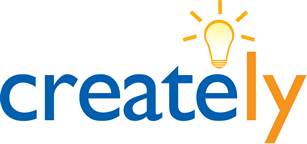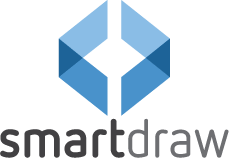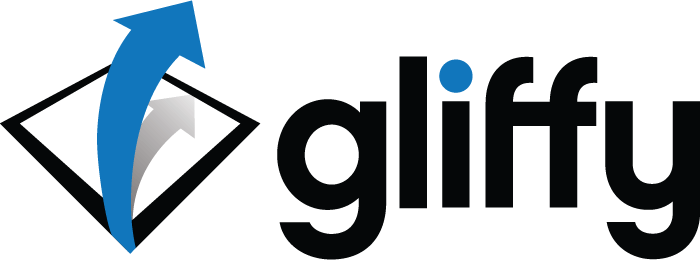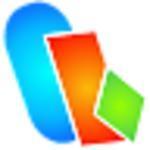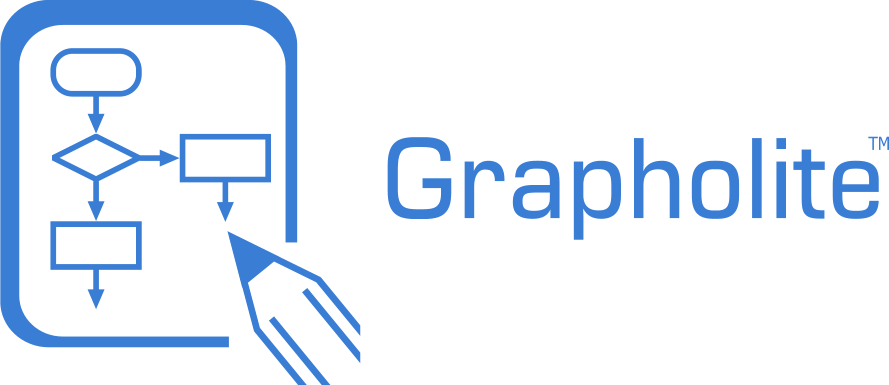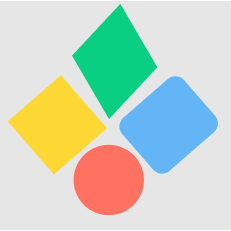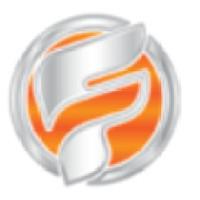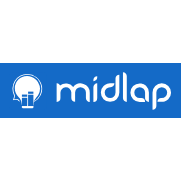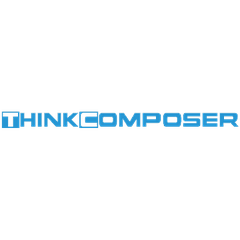Flowchart Software
A flowchart is a structured collection of elements arranged in a specific manner to indicate a process or relationships between various parts of a complex system. Flowcharts or diagrams are used by people or businesses to visualize a process or a complex idea. Flowchart software is an application that comes integrated with several tools, objects, shapes, and examples to help users create simple or complex flowcharts, diagram, mind map, graphs, etc. These tools can be used for any business and personal purpose.
Looking for a diagram editing or flowchart tool? Here are some suggestions.
Visual Paradigm
A suite of powerful design, analysis, and management tools empowers IT project development and digital transformation. With Agile and Scrum...
boardmix
Boardmix is an innovative online whiteboard that revolutionizes teamwork with its AI-powered features. It enables up to 500 users to...
Novagraph Chartist
The Novagraph® Chartist application enables users to effortlessly create a variety of diagrams, including flowcharts and organization charts, on Windows...
Flowchart Designer 3
Flowchart Designer 3 is an intuitive application designed for creating flowcharts, org charts, and process charts effortlessly. With a user-friendly...
Visio Pro
Visio Pro is a diagram maker tool from Microsoft which is commonly used in integration with MS office to create...
Creately Online
Creately Online is an easy to use diagram tool for the cloud. User can access it from anywhere and use...
SmartDraw Flowchart
SmartDraw is drawing software that can be used to draw almost anything, from flowcharts to org charts, mind maps, floor...
Cacoo Diagram Tool
Cacoo is an online diagram creation and design tool used to create flowcharts, presentations, wireframes, mockups, mind maps, UML models,...
Gliffy Flowchart Software
Gliffy flowchart software is used by businesses and professionals to create quality flowcharts, UML diagrams, wireframes, network diagrams, org charts,...
Zen Flowchart
Zen Flowchart is an intuitive online tool designed for effortlessly creating flowcharts, mind maps, and organizational charts. Its user-friendly interface...
iGrafx FlowCharter
iGrafx FlowCharter is flowchart designing software used for process mapping, modeling, layout designs, pick charts, and BPMN creation. The software...
FlowBreeze
FlowBreeze transforms the flowchart creation process into a seamless experience within Microsoft Excel. By simply typing out each step, users...
Diagramo
Diagramo is a free and open-source online flowchart and diagram software used to create business and personal diagrams and charts....
Grapholite
Grapholite is a diagrams editor and flowchart tool for Windows, Android, iPad, Windows Phone, and desktop platforms. It is a...
Shapes
Shapes is a simple and powerful diagram creation app for Mac OS. It comes integrated with several designing tools and...
AIFlowchart
AIFlowchart offers an innovative solution for generating unique diagrams from text, PDFs, or images. Users can easily create flowcharts, graphs,...
Flowchartmaker
Drawing and editing flowcharts manually can be exhausting and inefficient. Flowchart Maker transforms simple text descriptions into polished flowcharts in...
Flowchart Fun
Flowchart Fun transforms ideas into visuals with its intuitive text-to-flowchart generator. Users can effortlessly create flowcharts, mind maps, and process...
Forbattring
Forbattring specializes in Azure-based custom web and app architecture solutions that streamline and automate business processes. Their innovative platform enables...
Midlap
Midlap serves as a centralized hub for diverse users, from creatives to software developers. It enables seamless project management with...
QuikFlow
QuikFlow is an advanced flowchart software designed to enhance visualization through an innovative mind mapping workflow. Unlike traditional applications, it...
Robust Engineering Suite
Robust Engineering Software is a modular suite designed to enhance quality in product and process design. By facilitating functional analyses,...
ThinkComposer
ThinkComposer empowers users to create intricate Concept Maps that vividly illustrate complex relationships and attributes. Each map can nest further...
Puzzle
This flowchart software revolutionizes process documentation by integrating visual workflows with written notes, ensuring every team member is aligned. Users...
Treemily
Treemily offers an intuitive online platform for creating personalized family tree visualizations. Users can effortlessly construct stunning charts by selecting...
Flowsage
With Flowsage, users can effortlessly visualize ideas through intuitive flowcharting. The platform's AI technology provides smart auto-completions for seamless creation,...
Flowchart software are used by organizations and employers to create visuals that clarify the operations, their kind, employees involved, and its importance. They are available in many variants and primarily focus on making an organization’s work process smoother and more efficient. While most of them focus on drawing out the layout of the work process, some of them go ahead and provide extra features that can make or break the deal for some users. They can also be used for collaborating with teams while working remotely, which makes them a necessary tool for a modern organization. Here we are going to divide these type of software into three parts – Workflow Management Flowchart software, Interconnecting Flowchart software, and extra features
Workflow Management Flowchart software
These software programs mostly focus on organizing the workflow of the organization. They are used by employers to quickly draw a layout of the order in which operations will take place, then assign the tasks to respective employees so that there is no confusion regarding the work. Features of these software programs include using different shapes, tools, and color combinations to depict the type of work, and its importance, while different ways of connecting help employees ensure the order in which the work should be carried out so that there are no problems.
These software programs are mostly used in conjunction with third party time management and employee management software because they can only depict the flowchart of processes and not the other details like time. Moreover, they are used separately by each department of an organization as every department has different working procedures and priorities. The benefit of these software programs, in particular, is the degree of freedom users get. They can easily collaborate with other users over the cloud to talk and design the work layout in detail. Along with that, they get to choose the processes and the shapes, colors, and symbols to denote them as they like.
Interconnecting Flowcharts
These flowchart software programs are mostly used to make flowcharts that are used to connect several departments within the organization to create a layout of how an organization functions as a whole. These involve creating flowcharts that outline the departments, showcase their responsibilities, and the timeline of all the procedures so that each department performs efficiently. Apart from sequencing the departments according to the procedures they perform, flowcharts can also be used to breakdown operations into simpler steps so that users can perform tasks seamlessly.
Extra features
Apart from drawing flowcharts, some of the software services also offer employers the ability to make Gantt charts to break down a huge project into several small tasks that have to be accomplished over a definite period by individuals assigned to it. Apart from Gantt Charts, there are also options for Kanban boards and dashboards that show the status of the amount of work completed by each employee in regards to the task assigned to them.
If that wasn’t enough, some software services go to even greater lengths and allow employers to track the time taken by their employees to complete the assigned tasks and also share files with them without any issues. These features are generally available only in the upper strata of flowchart software services as they provide a complete package to organizations, after which they don’t need to use any third-party app to take care of their office needs.
FAQs
What if a user needs to describe a complex workflow that involves using various types of files?
Ans. In such a case, flowchart software programs provide users with specific annotations for different kinds of files that can be used while creating a task. This avoids the confusion and users know what files to use for what tasks.
While flowcharts do allow to control the layout so that working remote becomes accessible, how does it truly replace the office space where employees can interact, and meetings can be scheduled easily?
Ans. Premium flowchart software services can indeed get the same office feeling back and keep employees motivated as they allow employees to interact among themselves, and there is also an integrated calendar software that can be used to set deadlines and schedule conferences, ensuring that everyone remains on their toes as usual.
Why should one prefer premium flowchart services when they can stick to assigning a list of tasks to employees?
Ans. This statement is applicable for organizations with a smaller workforce, but when it comes to bigger organizations, they need to manage many employees in teams at once and have several departments, which makes creating lists for individuals a rather tedious task that one would like to avoid to great lengths. Moreover, visuals are faster to make, easily understandable, and can be shared with many users at once, improving the working efficiency of the organization.

